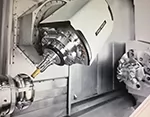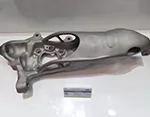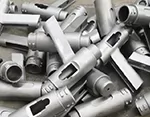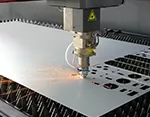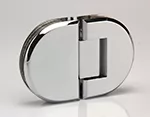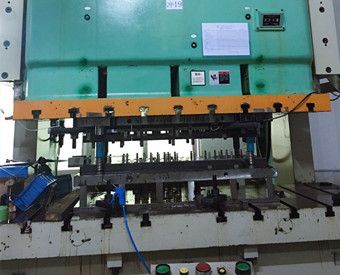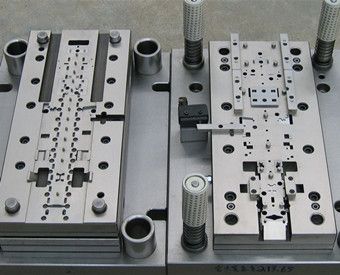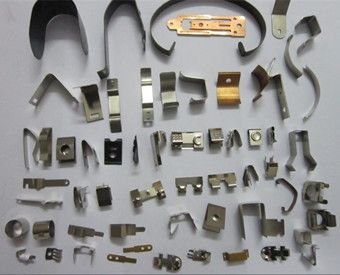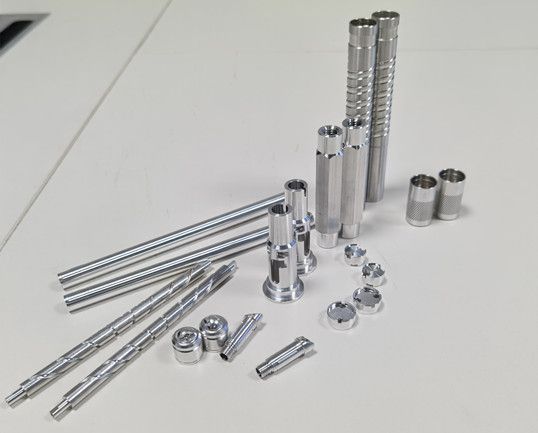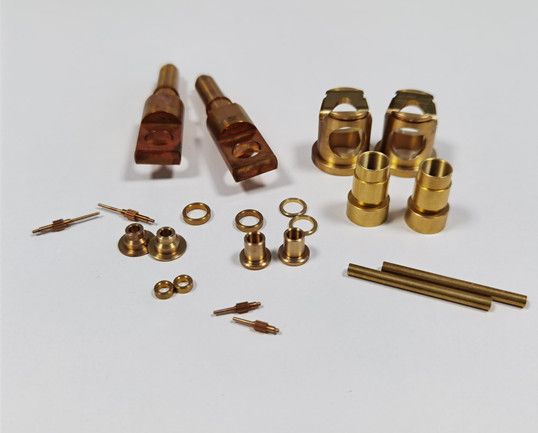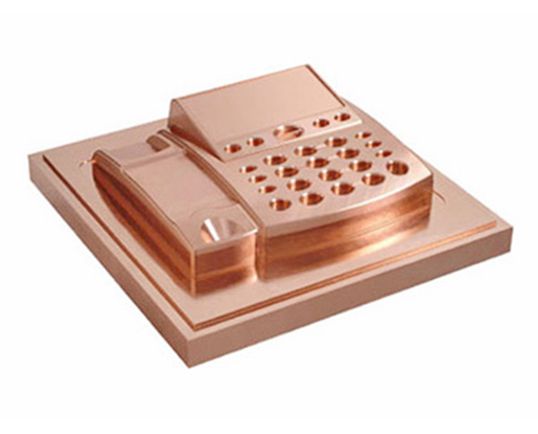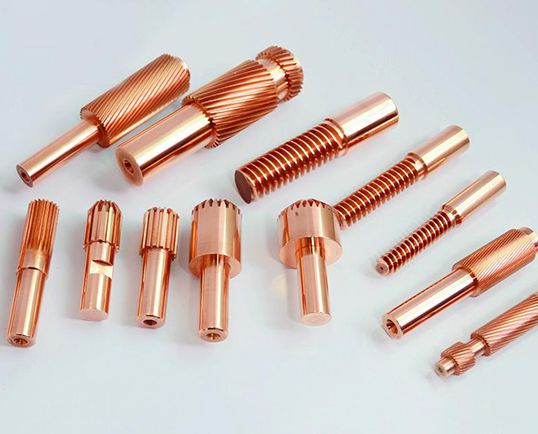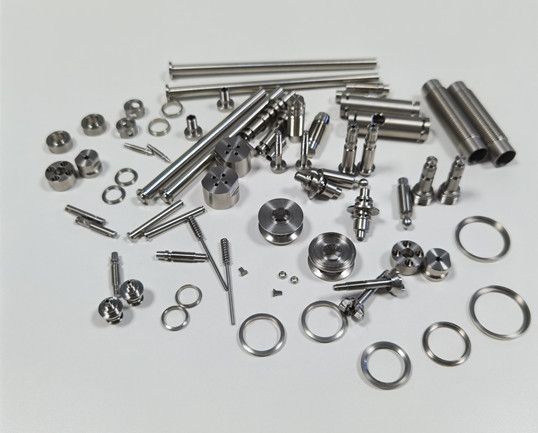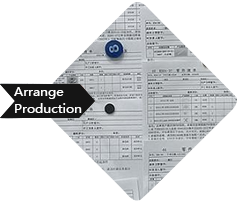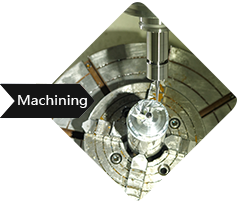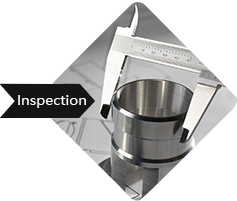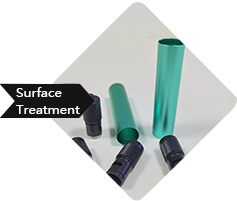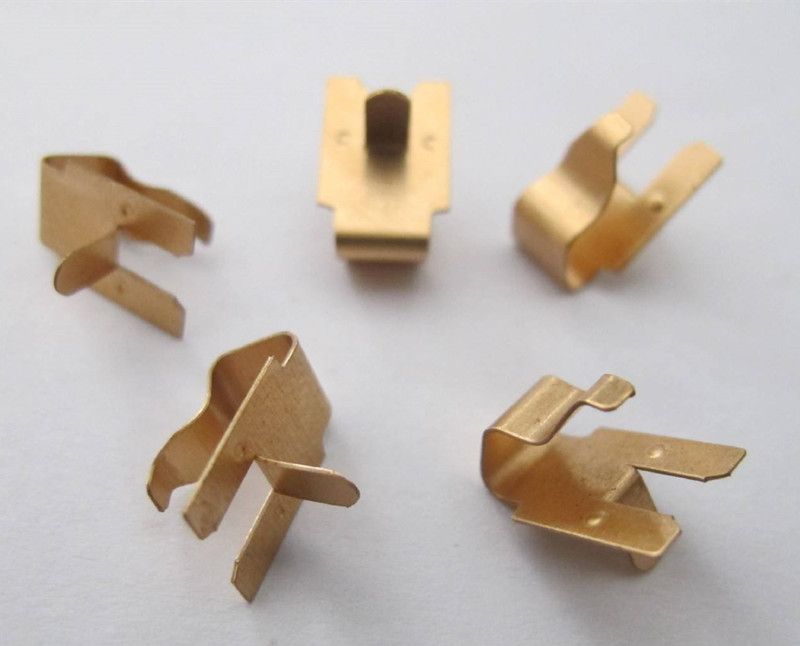-
Service
+
- CNC Precision Machining Service +
- Multi-Axis Simultaneous Machining Service +
- CNC Turning Service +
- Metal 3D Printing Service +
- Rapid Prototyping Service +
- Die Casting Service +
- Sheet Metal Fabrication Service +
-
Finish Serivces
+
- Polishing
- Grinding
- Brushed Finish
- Sand blasting
- Painting
- Powder Painting
- Anodizing
- Hard anodizing Service
- Passivation
- Zinc Plating
- Nickel Plating
- Chrome Plating
- Blackening
- Black Zinc Plating
- Teflon Coating
- Titanium Coating
- DLC Coating
- Laser Marking
- Silk Screen Printing
- Transfer Printing
- Micro Arc Oxidation
- Industries +
- About Us +
- Resource +
- Contact Us
- Quote

-
Service
-
>
-
>
-
>
-
>
-
>
-
>
-
>
-
>
-
- Industries
- About Us
- Resource
- Contact Us
Metal Stamping is the process of placing sheet metal in blank form into a stamping press where a die surface, and forms the metal into the desired shape.
Stamping Workshop
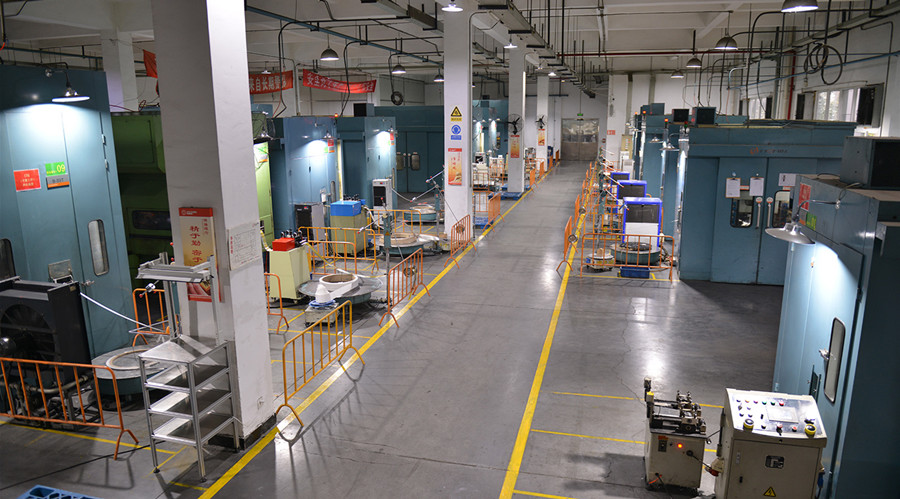
Inspection Equipment
| Equipment | Quantity | Brand |
| CMM | 2 | LEAD |
| 2.5D | 3 | |
| XRF Spectrometer | 1 | HITACHI |
| Altimeter | 1 | |
| Calliper | 20 | |
| Micrometer | 10 |
Aluminum is one of the most commonly used metals in machining, as it has excellent strength-to-weight ratio, low cost, and recyclability.
Alloys:
AL5052-T651, AL6061-T651, AL 7075-T651, AL6082-T651...
Finish Options:
A.Polishing, B.Grinding, C.Brushing, D.Sandblasting, E.Painting, F.Powder Painting, G.Anodizing , H.Hard anodized, I.Teflon Coating, J.Laser Marking, K.Silk Screen, L.Transfer Printing.
Brass is a free machining metal, and it is commonly used for a variety of parts including gears, lock components, pipe fittings, and ornamental applications.
Alloy:
Brass-H59, Brass-H62, Brass-H59, Brass-H62, Brass-HA177-2, Brass-HMn58-2, Brass-HPb59-1, Brass-HSn62-1...
Finish Options:
A.Polishing, B.Grinding, C.Brushing, D.Laser Marking, E.Silk Screen, F.Transfer Printing.
Bronze is a high strength alloy with good wear and corrosion resistance due to its tin, iron, and zinc content. Normally, the tin content is range from 3%-14%.
Alloy:
QSn-6-6-3
Finish Options:
A.Polishing, B.Grinding, C.Brushing, D.Laser Marking, E.Silk Screen, F.Transfer Printing.
Copper has excelent electricity and thermal conductivity, which is widely used in electrical applications.
Alloy:
T1、T2、T3、TU1、TU2b
Finish Options:
A.Polishing, B.Grinding, C.Brushing, D.Laser Marking, E.Silk Screen, F.Transfer Printing.
Stainless steel is a high strength alloy with high hardness and great resistance to corrsion and rust due to its chrome and carbon content.
Alloys:
201, 303, 304, 316, 410, 420, 17-4PH...
Finish Options:
A.Polishing, B.Grinding , C.Brushing, D.Sandblasting, E.Painting, F.Powder Painting, G.Passivation, H.Zinc Plating, I.Black & zinc, J.Teflon, K.Titanium Coating , L.Laser Marking , M.Silk Screen , N.Transfer Printing .
| Tolerance for Metal Parts | |
| ISO 2768-F | |
| Table 1 - Linear Dimensions | |
| Permissible deviations in mm for ranges in nominal lengths | Tolerance Class Designation (Description) |
| f (fine) | |
| 0.5 up to 3 | ±0.05 |
| over 3 up to 6 | ±0.05 |
| over 6 up to 30 | ±0.1 |
| over 30 up to 120 | ±0.15 |
| over 120 up to 400 | ±0.2 |
| over 400 up to 1000 | ±0.3 |
| over 1000 up to 2000 | ±0.5 |
| over 2000 up to 4000 | – |
| For nominal sizes below 0.5 mm, the deviations shall be indicated adjacent to the relevant nominal size(s). | |
Stamping is the processing which need put external force to plates, strips, pipes and profiles by presses and molds, and it would make them plastic deformed or separated, then we will obtain the work piece with the required shape or size. The main blanks of stamping are hot-rolled and cold-rolled steel plates or strips.
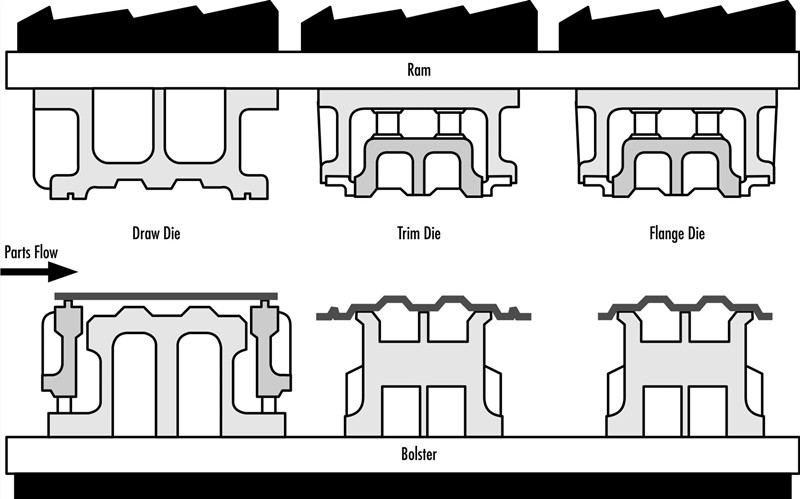
Stamping Process
The die used for stamping is called stamping die, or die for short. The die is a special tool which batch processing materials (metal or non-metal) into the required stamping parts. Punching dies are vital in stamping. The mass stamping production will be difficult, if without a die that meets the requirements. The advanced stamping processes cannot be realized neither, if without advanced stamping dies. The stamping processing is constituted by the stamping process and die, stamping equipment and stamping materials. Only when all of these elements are worked together, the stamping parts could be made out successfully.
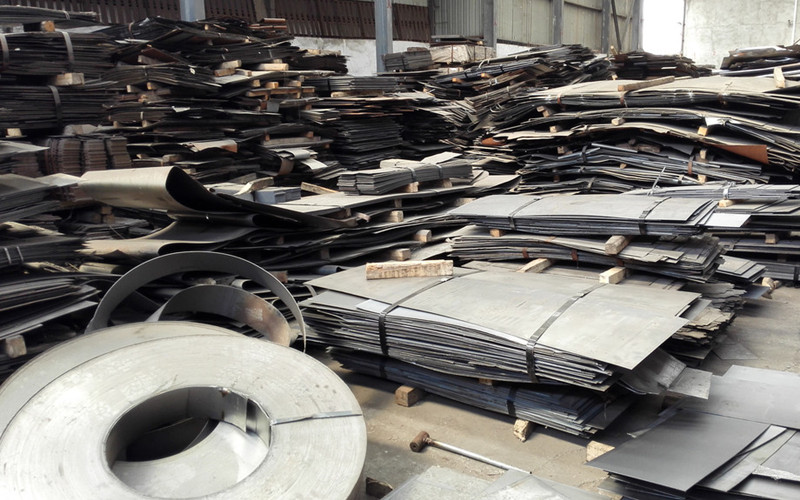
Stamping Raw Material
Stamping
There are 60% to 70% steel plates among all of these steels in the world, and most of them are stamped into finished products. Such as the car body, chassis, fuel tank, radiator fins, boiler steam drum, container shell, motor, electrical iron core silicon steel sheet, etc. All of them are stamped and processed. There are also a large number of stamping parts in instruments, household appliances, bicycles, office machinery, and living utensils.
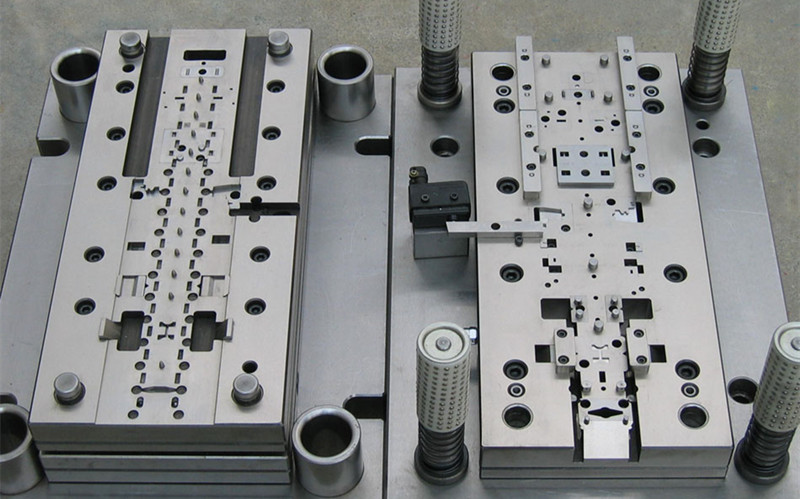
Stamping Mould
Stamping is an efficient production method. If using compound dies or multi-station progressive dies, multiple stamping processes can be completed on one press (single-station or multi-station). In this way, it will realize fully automatic production from strip uncoiling, straightening, flattening, blanking to forming and finishing. Stamping has high production efficiency, good working conditions, and low production cost. Generally, stamping could produce hundreds of pieces per minute.
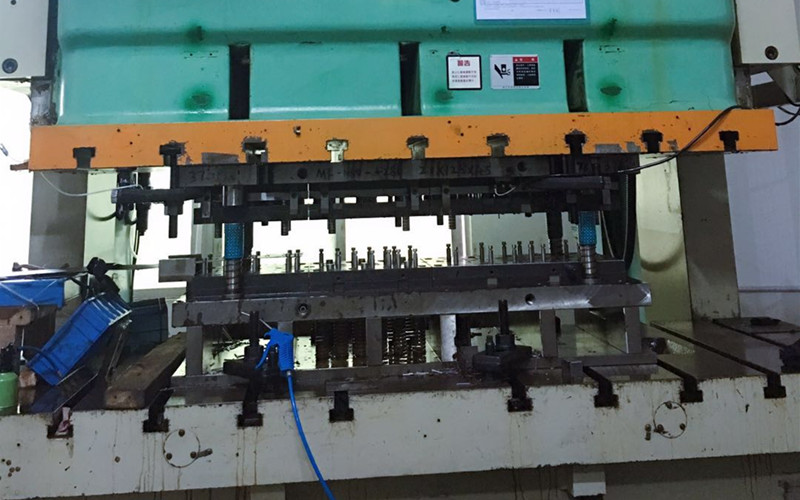
Stamping Equipment
However, stamping forming processing has the some disadvantages either.
(1) High noise and vibration;
(2) The mold requires high precision, complex manufacturing, long cycle, and expensive manufacturing cost. So small batch production is restricted;
(3) If the precision requirements of the parts are too high, it is difficult for the stamping production to meet the requirements.

